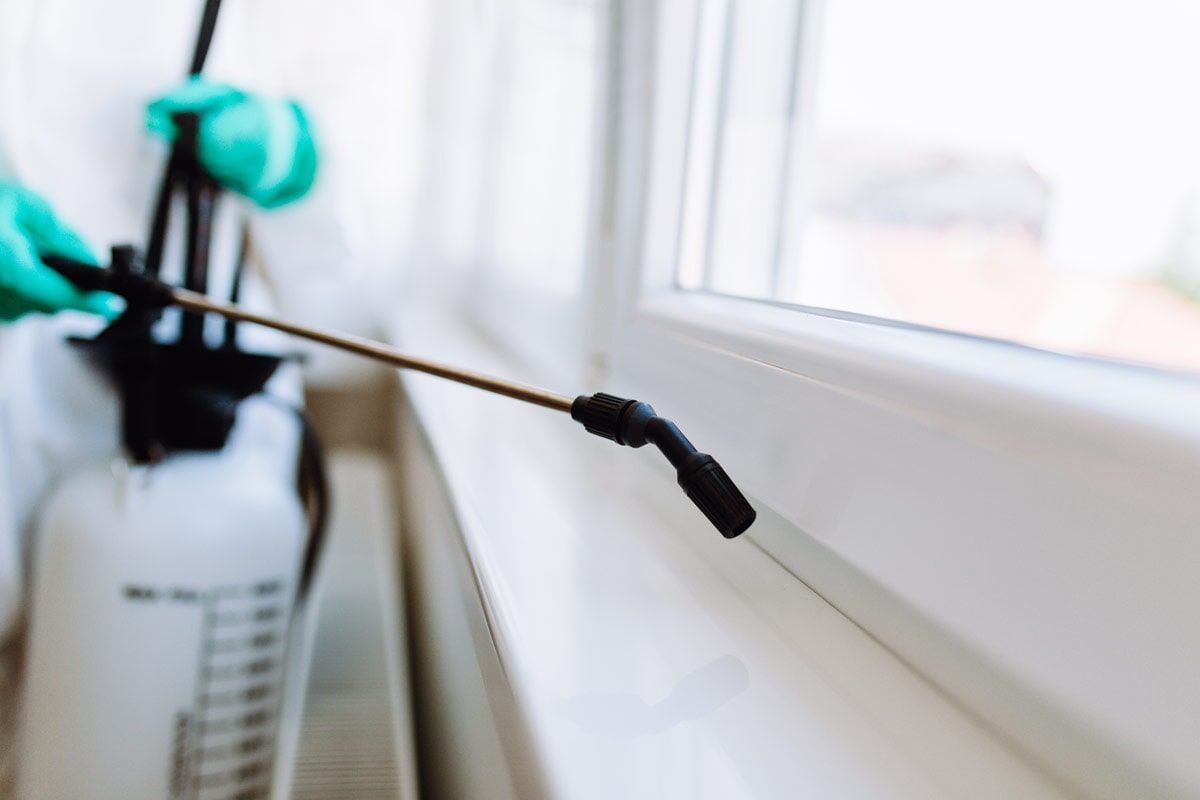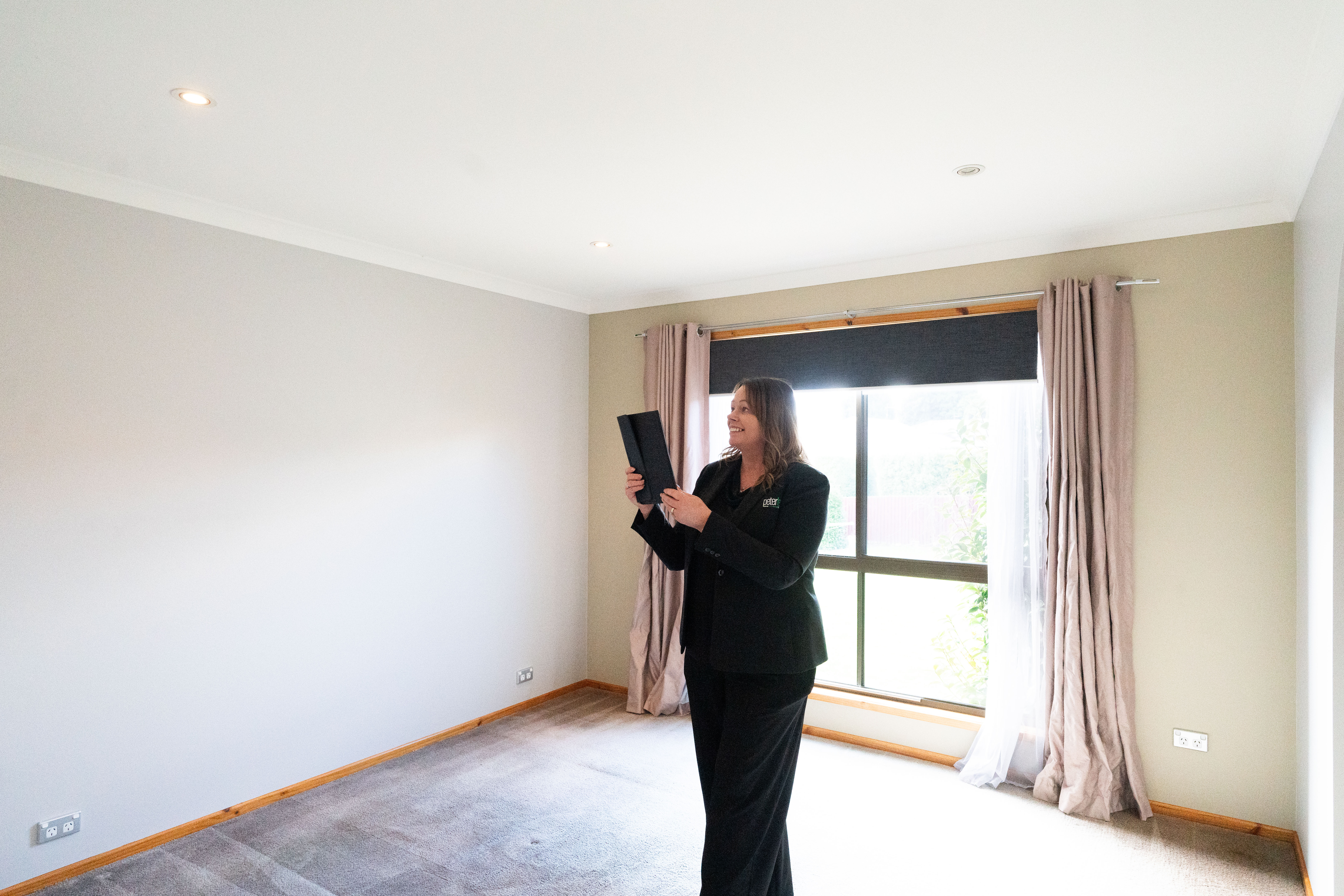Determining responsibility for pest control in rental properties can sometimes be confusing for both tenants and landlords. While the Residential Tenancies Act doesn’t specifically outline laws around pest control, landlords are generally expected to provide habitable homes free from pests.
This means that if an infestation appears shortly after a tenant moves in or arises due to structural issues, the landlord is typically responsible for addressing it.
However, as time passes, tenants may assume responsibility for pest control. Unless an infestation is directly linked to the property's condition or the landlord’s negligence, tenants are generally expected to cover the costs of pest management. (Note: this excludes termite infestations, which remain a landlord responsibility.)
While landlords aren’t legally required to implement preventive pest control measures, maintaining the property in good condition naturally reduces the risk of pests.
When carrying out entry condition reports, it’s crucial to identify any evidence of pests. Small infestations, like wasp nests, can often be overlooked. Inspecting areas like eaves early and addressing wasps at the first sign can prevent costly exterminations later.
Ultimately, in the absence of strict legal guidelines, common sense and communication should guide pest control responsibilities. Both tenants and landlords benefit from acting responsibly, keeping the property pest-free, and fostering a harmonious renting experience.



